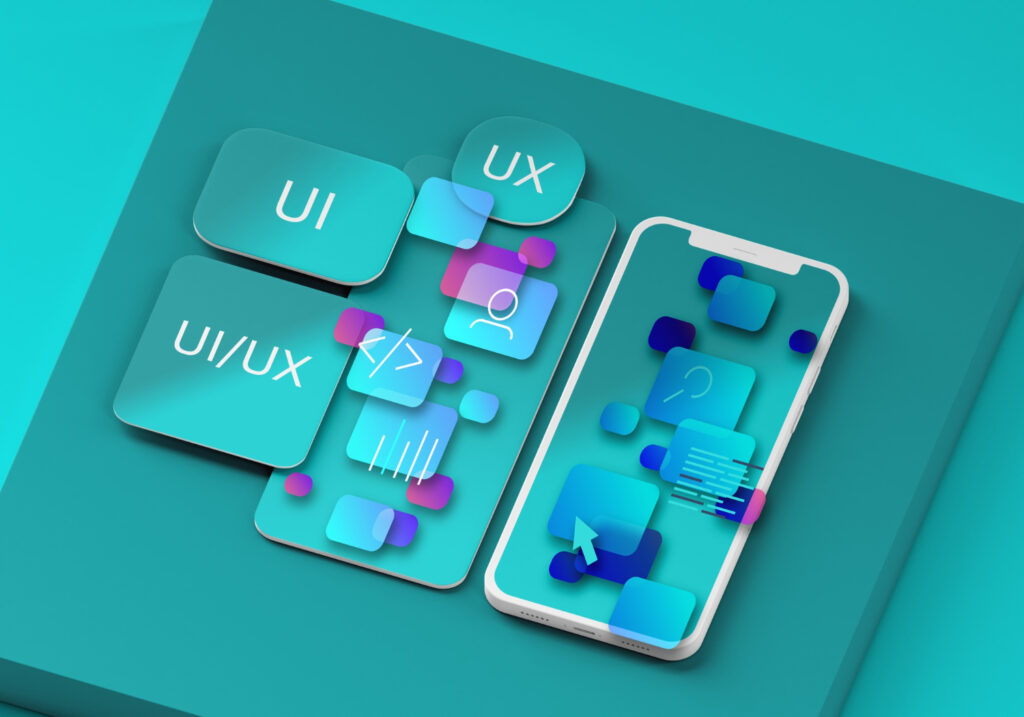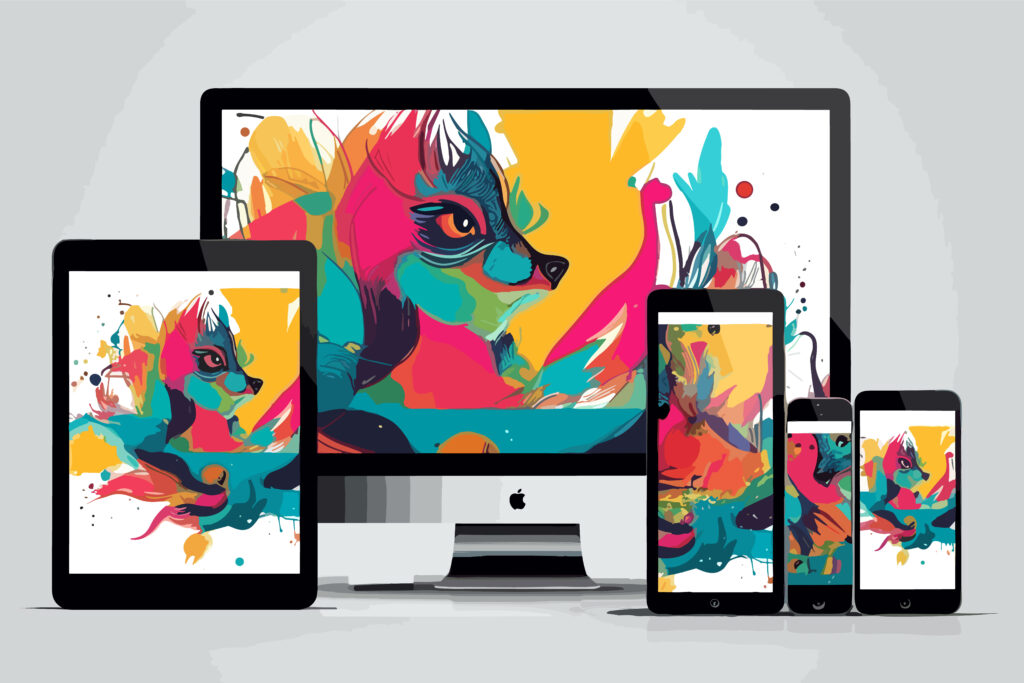
Embark on a journey through the ever-evolving landscape of digital interfaces, where the dynamic interplay between design and functionality is at the heart of exceptional user experiences. In today’s digital age, balancing design and function in interfaces is more crucial than ever, as it directly impacts how users interact with products and services. This guide explores the transformative trends and innovative approaches shaping the future of web design and UI/UX design, offering insights into how to create interfaces that are both visually appealing and highly functional.
The Importance of Balancing Design and Function
When discussing balancing design and function in interfaces, it’s essential to consider the user’s journey. A beautiful interface that lacks functionality will frustrate users, while a functional interface that lacks visual appeal can disengage them. The key lies in finding the right equilibrium, where visual appeal and functionality in design coexist to enhance the overall user experience.
Design vs. Function in UI/UX: Striking the Right Balance
The tension between design vs. function in UI/UX often arises when designers prioritize aesthetics over usability, or vice versa. To overcome this challenge, it’s important to adopt effective UI/UX strategies that integrate both elements from the outset. This approach ensures that the design supports the functionality and vice versa, creating an intuitive and cohesive user experience.
User-Centric Interface Design: Putting the User First
A crucial aspect of achieving a balance between design and function in interfaces is to embrace a user interface design approach. This means understanding the needs, behaviors, and goals of the user and designing interfaces that cater to these factors. By prioritizing the user, designers can create interfaces that are not only visually appealing but also serve a clear functional purpose.
Visual Appeal and Functionality in Design: The Perfect Synergy
The synergy between visual appeal and functionality in design is what sets successful interfaces apart. A well-designed interface should guide the user effortlessly, using visual cues to enhance navigation and interaction. For instance, clean layouts, strategic use of colors, and well-placed calls to action can significantly improve the user’s ability to interact with the interface, thereby enhancing functionality without sacrificing aesthetics.
Effective UI/UX Strategies for Balancing Design and Function
Implementing this strategy is essential in achieving the right balance between design and function. Techniques such as iterative testing, feedback loops, and prototyping allow designers to refine their interfaces based on real user data. By continuously testing and refining, designers can ensure that both design and functionality evolve to meet user needs.
Success Stories of Balancing Design and Function
Examining real-world examples where balancing design and function in interfaces has been successfully implemented can provide valuable insights. Companies like Apple and Google have mastered the art of design vs. function in UI/UX, creating products that are both beautiful and incredibly functional. Their focus on user-centric interface design and commitment to visual appeal and functionality in design serve as benchmarks for the industry.
Challenges and Considerations in Balancing Design and Function
Despite the clear benefits, balancing design and function in interfaces comes with its challenges. Designers must navigate the complexities of user needs, technological constraints, and business objectives. Striking the right balance requires a deep understanding of these factors and a willingness to adapt and iterate.
Future Trends in UI/UX: Moving Beyond the Basics
Our UI/UX Design Services continue to evolve, and the emphasis on balancing design and function in interfaces will only grow stronger. Emerging technologies like augmented reality, artificial intelligence, and machine learning are pushing the boundaries of what’s possible, offering new opportunities to enhance both design and functionality in unprecedented ways.
Conclusion
Achieving a harmonious balance between design and function is essential in creating interfaces that not only look good but also perform well. By adopting our design Process effective UI/UX strategies, focusing on user-centric interface design, and maintaining a synergy between visual appeal and functionality in design, designers can create digital experiences that resonate with users. As the industry continues to evolve, the challenge of balancing design and function in interfaces will remain at the forefront, driving innovation and excellence in UI/UX design.


